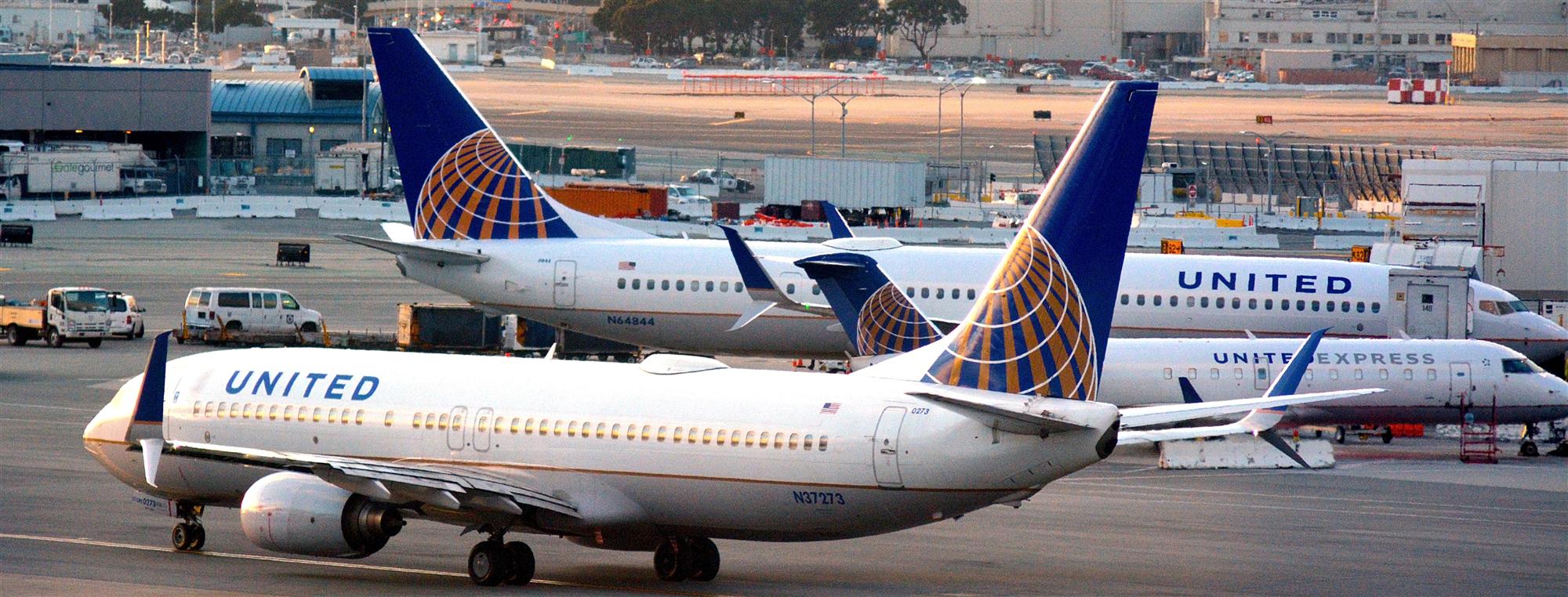United Airlines is opening the throttle on its network expansion. 2019 will see a raft of new routes and frequency upgrades on existing sectors, most of it from its Pacific gateway at San Francisco (SFO).
“In 2019 we will roll out the largest ever international network expansion from our hub in San Francisco,” says Jan Krems, president of United Cargo.
“Highlights include new daily 787-9 flights between SFO and Amsterdam beginning in March; a second daily SFO-Seoul flight, operated with 777-200ER aircraft, beginning in April; three times weekly SFO to Melbourne service, flown with 787-9 Dreamliner aircraft, beginning in October; and daily 787-9 seasonal service between SFO and New Delhi beginning in December. Speaking of seasonal service, our seasonal 777-200 flights between SFO and Auckland and our seasonal 787-8 flights between SFO and Pape’ete have been extended to year-round service.”
In addition, the US airline is adding a new trans-Atlantic route in May with a daily service between Denver and Frankfurt, fielding 787 aircraft.
United’s network expansion is fuelled by additions to its aircraft fleet, although are playing out primarily in the narrowbody segment serving domestic routes this year. The airline is taking on 40 planes in 2019, including 10 widebodies – two 777-300ERs and eight 787-10s.

Further growth is on the cards after United placed a fresh aircraft order at the end of December, although the emphasis is clearly on the domestic side. The US$4.5 billion shopping list is made up chiefly of narrowbodies, besides four 777-300s.
The airline had a strong 2018 in cargo, posting record revenues of US$1.25 billion. This was buoyed by growth in all segments, according to Krems. “We had no weak areas,” he reported.
Krems is somewhat wary of rapid growth. The surge in traffic in the final quarter of 2017 stretched airport capacity beyond the limits in many locations, and United’s large gateways were no exception.
“In the 2017 peak we struggled. We had issues in San Francisco and Newark. We grew too fast,” Krems said.
This prompted an overhaul of processes at the carrier’s Pacific hub and changes in infrastructure and some reorganization in Newark. Despite the higher volume in 2018, the past year did not cause any major bottlenecks. Nevertheless, Krems is cautions. “We have to be careful we don’t grow too fast,” he said.
Rather than chase volume, he intends to sharpen the focus on some special segments, first and foremost the pharmaceutical industry. To that end United has recruited people who have expertise both in logistics and pharmaceuticals.
“Temperature-controlled business has been strong. This is a real focus for us,” he said.
E-commerce is another target arena this year. Much of the growth there has been driven by mail and from the express carrier side. FedEx takes fixed allocations on United to supplement its own lift. Going forward, Krems is looking to leverage the airline’s US network.
“Domestically we have 4,000 flights a day. We are looking at a couple of options and opportunities to use our domestic network for e-commerce,” he said.
In the international arena United has extended its network reach through the joint ventures with All Nippon Airways and Lufthansa. Having kicked off with shared capacity on the eastbound trans-Pacific sector in 2017, United and ANA added the westbound flows from the US and Canada last year. This was followed by the joint marketing on the Japan-Mexico sector later in the year. Together the pair now muster 377 nonstop flights a week serving 16 destinations, plus flight and truck connections within Japan, the US, Canada and Mexico.
This year they will add Singapore to the joint network.
The venture with Lufthansa got off the ground last year in a phased implementation, which now covers over 1,500 route options.
Krems and his counterparts are looking to broaden the coverage of the joint ventures too. “Both JVs are working toward adding more products – expanding beyond our current general and express products towards specialty offerings,” he said.
By Ian Putzger
Air Freight Correspondent | Toronto




